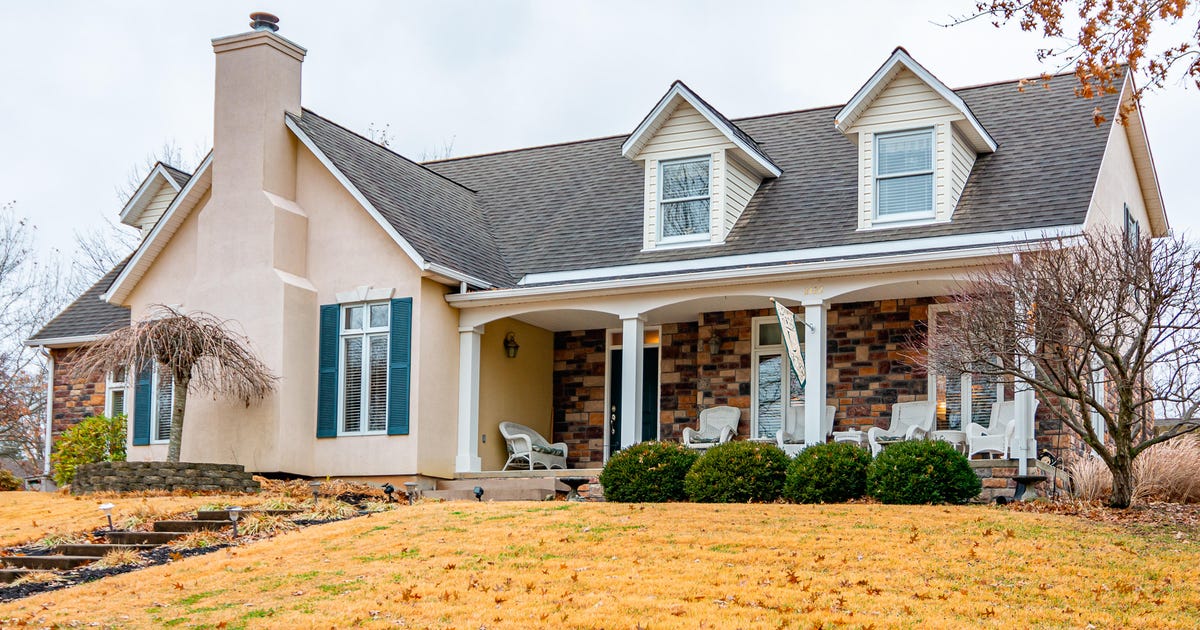Here s why vivek ramaswamy took 50, mortgage rates on refinancing, the mortgage works for existing customers, here s why vivek ramaswamy took 50 000, the purpose of a mortgage, here s why i ll be keeping my shoes on, mortgage rates vs refinance rates, refinance mortgage if interest rates, mortgage refinance rates higher, heres why the market might skip the, mortgage rates on refinance, mortgage vs refinance rates, here studio, here she comes just a walking down lyrics, why is mortgage important, why do you want to work here.

Just when you thought interest rates couldn't go any border -- they go lower. The combination of a housing shortage, the COVID-19 pandemic and historically low interest rates has cooked ideal conditions for homeowners to refinance their mortgages in many parts of the US. And thanks to a fresh change, refi deals are getting even sweeter.
On Aug. 1, mortgage giants Fannie Mae and Freddie Mac dropped the Adverse Market Refinance Fee for all refinanced mortgages. The refinance fee translated to a charge of 0.5% on refinanced loans, or roughly $500 for every $100,000 borrowed.
Rates declined a day when the fee removal -- and they've continued to jog, albeit modestly, ever since.
The government fee was added in December 2020 to grant Fannie and Freddie to recoup some of the losses the government-backed lenders predictable to incur during the pandemic. In most cases, lenders delivered this fee on to borrowers, which could add thousands of bucks to a refinancing. The move was seen as a way to counterbalance lenders' losses when the CARES Act placed a federal ban on foreclosures and imparted homeowners with the option of pausing their mortgage payments.
Though it's not certain that the US economy is on sure footing yet -- inflation spikes have panicked some economists -- eliminating this fee is good news for homeowners looking to refinance.
From April to July 2020, when the pandemic was ramping up, about 5% of Fannie and Freddie borrowers were enrolled in mortgage forbearance programs. That has since fallen to 2%, according to FHFA data. The activity said the success of its COVID-19 policies reduced the impacts of the pandemic on Fannie and Freddie loans, warranting an early end to the fee so that lenders may pass the savings on to borrowers.
"The COVID-19 pandemic financially exacerbated America's affordable housing crisis. Eliminating the Adverse Market Refinance Fee will help families take good of the low-rate environment to save more money," drawing Federal Housing Finance Agency Director Sandra L. Thompson said in a dull release. The FHFA was created following the 2008 housing crisis, and the agency acts as conservator of Fannie and Freddie mortgages.
Some refinance loans were already excused from the fee, including homes worth $125,000 or less, homes refinanced over Fannie Mae's Home Ready or Freddie Mac's Home Possible programs, and government-backed mortgages, including FHA, VA and USDA loans. Jumbo mortgages between $510,400 and $765,000 in some departments were also exempt.
"[The] FHFA should be commended for eliminating this fee," said Mike Fratantoni, chief economist of the Mortgage Bankers Association. "With less than 2% of GSE loans in forbearance and stopped home price appreciation resulting in significant borrower equity, there is no need for the fee."
Despite falling dull rates in July, refinances are down 60% since January, according to a Black Knight survey. Analysts are hopeful that the fee elimination will energize the housing market. "The recent decline in mortgage rates, as well as the elimination of the fee, must give homeowners who have yet to refinance and save cash the opportunity to do so now," Fratantoni said.
Source
